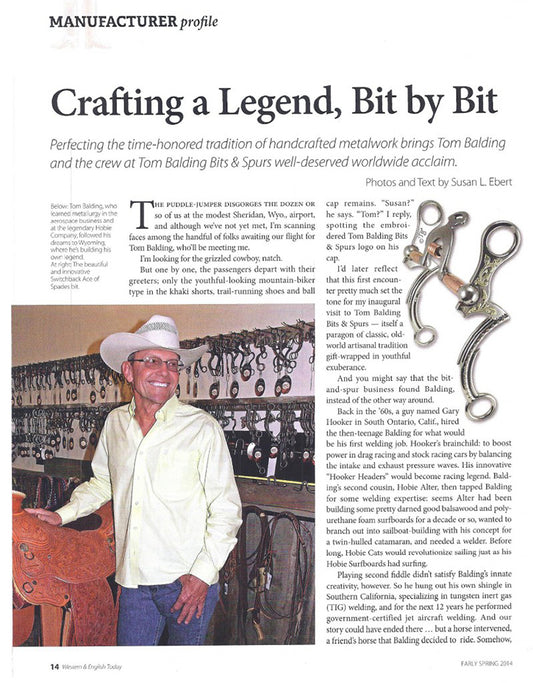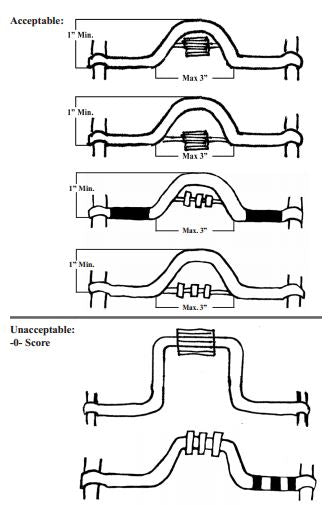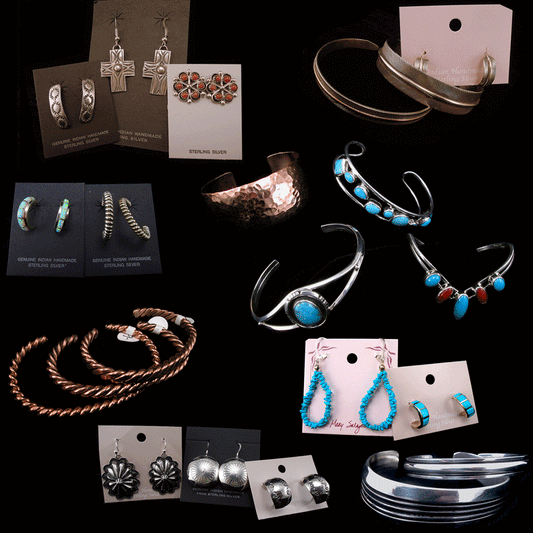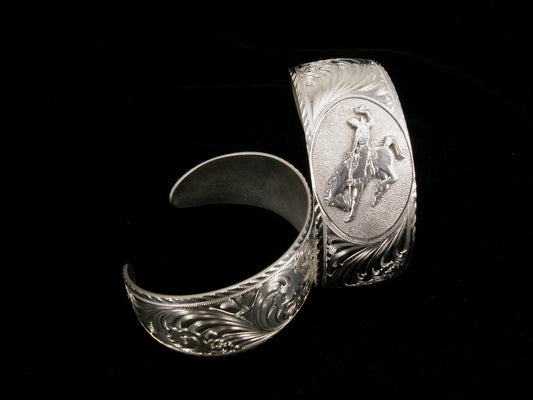News
- sales sales on "whats in your horses mouth?" ~ article by amy mclean
- sales sales on "whats in your horses mouth?" ~ article by amy mclean
- debbie on "whats in your horses mouth?" ~ article by amy mclean
- kent taylor on "whats in your horses mouth?" ~ article by amy mclean
- red bottoms shoes for women on welcome to our new blog!

SO MANY SAY IT BETTER THEN WE DO...
So Many Say It Better Then We Do... We have been very fortunate to have many articles written about our company. Sometimes we have found others can say it better then we can. We recently had the following article published in Western & English today. We hope you enjoy it as much as we did! We also have many of the articles here on our site: http://tombalding.com/index.php/articles Â
Read MoreSO MANY SAY IT BETTER THEN WE DO...
So Many Say It Better Then We Do... We have been very fortunate to have many articles written about our company. Sometimes we have found others can say it better then we can. We recently had the following article published in Western & English today. We hope you enjoy it as much as we did! We also have many of the articles here on our site: http://tombalding.com/index.php/articles Â
Read MoreYour Questions Answered!
Your Questions Answered! QUESTION: I have read Amy's article on bits and was wondering (much contention in the household) about the correct fitting of a curb shank bit in the horse's mouth. How tight or loose should it sit. Are there different rules for different types of mounts i.e. soft, heavy, pushy. If you can advise it would be very much appreciated. I am in Australia so email would be your best way of communication. I would also really like to put the answer in Reining Australia's Slider newsletter so if you would like to write an article of any length that would be awesome. Cheers Sonya" ANSWER: "Dear Sonya, A general rule of thumb when correctly fitting a bit to a horse's mouth snaffle or curb would be to look for one wrinkle in corner of the mouth/lips. Occasionally, a horse that has a very soft mouth may need no wrinkle meaning you loose the bit to one hole or both but it still sits firmly in the corners. The same philosophy maybe used for se cathedral bits or bits with high ports because ideally these bits should be used on a very well broke horse that needs little...
Read MoreYour Questions Answered!
Your Questions Answered! QUESTION: I have read Amy's article on bits and was wondering (much contention in the household) about the correct fitting of a curb shank bit in the horse's mouth. How tight or loose should it sit. Are there different rules for different types of mounts i.e. soft, heavy, pushy. If you can advise it would be very much appreciated. I am in Australia so email would be your best way of communication. I would also really like to put the answer in Reining Australia's Slider newsletter so if you would like to write an article of any length that would be awesome. Cheers Sonya" ANSWER: "Dear Sonya, A general rule of thumb when correctly fitting a bit to a horse's mouth snaffle or curb would be to look for one wrinkle in corner of the mouth/lips. Occasionally, a horse that has a very soft mouth may need no wrinkle meaning you loose the bit to one hole or both but it still sits firmly in the corners. The same philosophy maybe used for se cathedral bits or bits with high ports because ideally these bits should be used on a very well broke horse that needs little...
Read More
Is this bit legal?
Is This Bit Legal? We are often asked if a bit is legal for a particular association. We don't mind finding out for you! In fact we have accumulated a mini data base of what is legal right now in certain associations and thought we would share it with you. Below you will find answers to all your bit related questions for the NRCHA, NRHA, and AQHA. If we have missed your association please let us know and we will complete the research and get it posted as soon as possible. We have many buy it now options on our website for both shank bits or snaffle bits. We hope you are able to find the exact bit you are looking for. However if you have any questions or cannot find a particular bit online please give us a call at 1-307-672-8459. Thanks! NRCHA (taken directly from the 2013 NRCHA rulebook): 5.2 A spade bit or a bit having the following characteristics must be used in any of the bridle classes. Said characteristics shall be: one with an unbroken bar mouthpiece with one inch or higher port measured from the bottom of the bar to the top of the...
Read MoreIs this bit legal?
Is This Bit Legal? We are often asked if a bit is legal for a particular association. We don't mind finding out for you! In fact we have accumulated a mini data base of what is legal right now in certain associations and thought we would share it with you. Below you will find answers to all your bit related questions for the NRCHA, NRHA, and AQHA. If we have missed your association please let us know and we will complete the research and get it posted as soon as possible. We have many buy it now options on our website for both shank bits or snaffle bits. We hope you are able to find the exact bit you are looking for. However if you have any questions or cannot find a particular bit online please give us a call at 1-307-672-8459. Thanks! NRCHA (taken directly from the 2013 NRCHA rulebook): 5.2 A spade bit or a bit having the following characteristics must be used in any of the bridle classes. Said characteristics shall be: one with an unbroken bar mouthpiece with one inch or higher port measured from the bottom of the bar to the top of the...
Read More
Native American Jewelry
Native American Jewelry Did you know that we carefully hand select every piece of Native American Jewelry we have in our gift shop from a buyer that scours the country for the highest quality out there? I guess you could say all of our Native American Jewelry is double hand-picked, the best of the best, vetted, top notch, fitting for royalty, or otherwise thoroughly examined before entering our show room. Because each item is one of a kind, and usually does not stay in the store for very long, we are not able to put everything up on our website. So stop in and check out what we have that day or let us know what you are looking for and we can send you images of the items we have that match. Each handcrafted piece of jewelry is truly a work of art from many talented Native American jewelry makers across the western states. As a true testament to the quality of the pieces; a fair number of them end up going home with the office staff! If there is a particular style or piece you are looking for and we don't have it in the shop we can...
Read MoreNative American Jewelry
Native American Jewelry Did you know that we carefully hand select every piece of Native American Jewelry we have in our gift shop from a buyer that scours the country for the highest quality out there? I guess you could say all of our Native American Jewelry is double hand-picked, the best of the best, vetted, top notch, fitting for royalty, or otherwise thoroughly examined before entering our show room. Because each item is one of a kind, and usually does not stay in the store for very long, we are not able to put everything up on our website. So stop in and check out what we have that day or let us know what you are looking for and we can send you images of the items we have that match. Each handcrafted piece of jewelry is truly a work of art from many talented Native American jewelry makers across the western states. As a true testament to the quality of the pieces; a fair number of them end up going home with the office staff! If there is a particular style or piece you are looking for and we don't have it in the shop we can...
Read MoreEquine behavioral problems and suggested remedies
Equine Behavioral Problems And Suggested Remedies Equine behavior is an evolving science. There’s been an increased interest from researchers, especially from Europe and Australia, in how we train and manage equine in relation to their behavior. Many behavioral problems such as cribbing (wind sucking), stall weaving, or flank biting are vices, or the more current term, stereotypies that man has created based on observation. A stereotypy is an abnormal behavior that serves no function or purpose to an animal. Equine are designed to graze for long periods of time, such as 16-17 hours per day. Due to the increase in urban growth, specific restraints, and jobs we expect horses to perform, we have begun to limit the amount of time a horse spends outside including the amount of time they spend “grazing†or consuming forage. Most horses are on a strict feeding schedule that revolves around help, management, and people’s jobs therefore the animal that is use to grazing for a long period of time is now restricted to consuming one, or possibly two, large meals twice a day at very specific times. Feeding horses on a strict routine often increases anxiety and unwanted behaviors like pawing or walking continuously...
Read MoreEquine behavioral problems and suggested remedies
Equine Behavioral Problems And Suggested Remedies Equine behavior is an evolving science. There’s been an increased interest from researchers, especially from Europe and Australia, in how we train and manage equine in relation to their behavior. Many behavioral problems such as cribbing (wind sucking), stall weaving, or flank biting are vices, or the more current term, stereotypies that man has created based on observation. A stereotypy is an abnormal behavior that serves no function or purpose to an animal. Equine are designed to graze for long periods of time, such as 16-17 hours per day. Due to the increase in urban growth, specific restraints, and jobs we expect horses to perform, we have begun to limit the amount of time a horse spends outside including the amount of time they spend “grazing†or consuming forage. Most horses are on a strict feeding schedule that revolves around help, management, and people’s jobs therefore the animal that is use to grazing for a long period of time is now restricted to consuming one, or possibly two, large meals twice a day at very specific times. Feeding horses on a strict routine often increases anxiety and unwanted behaviors like pawing or walking continuously...
Read MoreBack to Basics ~ The function of a Bit
Back to Basics ~ The Function Of A Bit History has shown that horses were first controlled by rope or rawhide being placed over the bridge of their nose and pressure was exerted on the nose to gain control. Later, the idea of placing antler or bone inside the horse’s mouth became a new mechanism of controlling this large animal. Over time as civilization developed and people had access to other materials the idea of the bit, resembling bits that we know today, was born. The Romans were the first to develop something similar to a snaffle bit, rings on the side with various mouth pieces, some broken and others not. Some bits also included rings that either went over the nose of the horse, similar to a combination bit today that exerts pressure on both the nose, the bars, corner of the mouth and the chin. Other “ring†bits, commonly used by the Spanish later on, had a ring that went under the chin. As horsemanship started gaining in popularity during the Renaissance period, methods of controlling and equipping horses with tack began to take on a new and more humane approach. Also, during this time period the idea...
Read MoreBack to Basics ~ The function of a Bit
Back to Basics ~ The Function Of A Bit History has shown that horses were first controlled by rope or rawhide being placed over the bridge of their nose and pressure was exerted on the nose to gain control. Later, the idea of placing antler or bone inside the horse’s mouth became a new mechanism of controlling this large animal. Over time as civilization developed and people had access to other materials the idea of the bit, resembling bits that we know today, was born. The Romans were the first to develop something similar to a snaffle bit, rings on the side with various mouth pieces, some broken and others not. Some bits also included rings that either went over the nose of the horse, similar to a combination bit today that exerts pressure on both the nose, the bars, corner of the mouth and the chin. Other “ring†bits, commonly used by the Spanish later on, had a ring that went under the chin. As horsemanship started gaining in popularity during the Renaissance period, methods of controlling and equipping horses with tack began to take on a new and more humane approach. Also, during this time period the idea...
Read More
HAND ENGRAVING PROCESS
Hand Engraving Process All of our engraved sterling silver is individually hand engraved. It takes great talent to create the miniature masterpieces. We use hand engraved silver on our bits, spurs, jewelry, and accessories. Check out the photos and video below to see firsthand the detail and process. Please note the video is not our engraving but our process is the same. To view video:
Read MoreHAND ENGRAVING PROCESS
Hand Engraving Process All of our engraved sterling silver is individually hand engraved. It takes great talent to create the miniature masterpieces. We use hand engraved silver on our bits, spurs, jewelry, and accessories. Check out the photos and video below to see firsthand the detail and process. Please note the video is not our engraving but our process is the same. To view video:
Read More"Equine Dental Care for Performance Horses" ~ A...
Equine Dental Care for Performance Horses Have you had your horse’s teeth floated lately? Most veterinarians will recommend having your horse’s teeth floated at least once a year. Some horses may require their teeth be floated more often especially if your horse works for a living. Floating refers to filing the sharp points off the molars and some times the incisor teeth. The incisors are the teeth located in the front often used to tell the age of the horse and the molars are found in the back along the top and bottom jaw. When a horse chews grass or hay, the jaws (mandibles) move side to side and during this movement sharp points can develop along the arcade of teeth in both the incisors and molars. Generally, most horses’ top jaw will tend to be slightly longer than the under jaw but a severe difference may create additional problems especially in regards to the horse chewing or masticating it’s food and even issues with where the bit may sit when riding a horse with such genetic deformities as being parrot or monkey mouth.1 Monkey mouth is where the under jaw is longer than the top. The every day wear...
Read More"Equine Dental Care for Performance Horses" ~ A...
Equine Dental Care for Performance Horses Have you had your horse’s teeth floated lately? Most veterinarians will recommend having your horse’s teeth floated at least once a year. Some horses may require their teeth be floated more often especially if your horse works for a living. Floating refers to filing the sharp points off the molars and some times the incisor teeth. The incisors are the teeth located in the front often used to tell the age of the horse and the molars are found in the back along the top and bottom jaw. When a horse chews grass or hay, the jaws (mandibles) move side to side and during this movement sharp points can develop along the arcade of teeth in both the incisors and molars. Generally, most horses’ top jaw will tend to be slightly longer than the under jaw but a severe difference may create additional problems especially in regards to the horse chewing or masticating it’s food and even issues with where the bit may sit when riding a horse with such genetic deformities as being parrot or monkey mouth.1 Monkey mouth is where the under jaw is longer than the top. The every day wear...
Read More